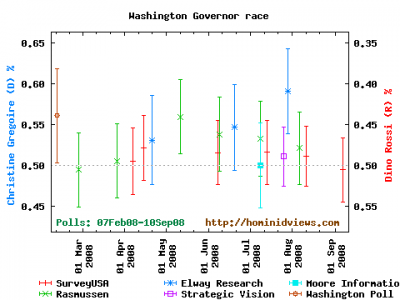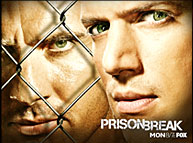Dad looked ready for space travel lying there in the ICU.
Tubes and wires hooked him up to costly machines precisely recording the metrics of his inevitable and upcoming demise. He didn’t have to do a thing, the robots were taking care of business: collapsing his lungs and filling them up; feeding and watering him; transporting the leftovers through expensive hoses to labs for weighing and measuring.
We had all the information but on his dying day (which stretched achingly to two and a half) we didn’t have Dad. The pain drugs and the impressive medical equipment jammed down his throat prevented him from speaking to us, his gathered family.
What we could do was wipe his brow, hold his hand, and make uncomfortable, one-sided conversations to be answered by the whoosh, whoosh of the breathing machine, the last sound we’d ever hear out of him.
He wasn’t in any pain, they said, but how could we know?
What was important was the letter of the law. And that every last minute of “life” they could get out of him was spent on this earth, and damn everything else. What we had was a familiar piece of meat in suspended animation. It was like a mortuary viewing except he was alive and we knew that only because the lines on the monitor were not flat.
I don’t want to go that way, he’d complained months earlier, get me a gun. No, we cried, the thought sickens us.
My mother wouldn’t allow the legal option depriving him of food and water; the silly woman wouldn’t watch her husband die of starvation and dehydration.
My Dad died a bloodless, soulless death over which he had few choices — dignity wasn’t one of them.
It was somebody else’s death, not his own.
Please vote Yes on I-1000. It’s the compromise between the not-so-benign neglect of starving someone to death, and the violence of a self-inflicted gunshot to the head. It puts dying back in the hands of the dying.
For me, it’s that simple.
[Michael Hood publishes the media blog BlatherWatch.]






